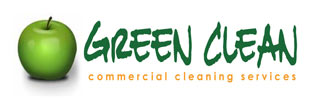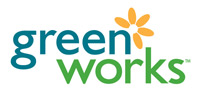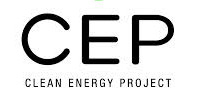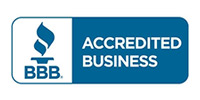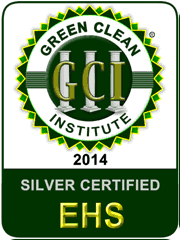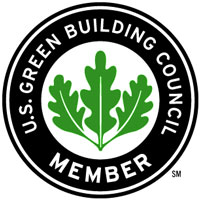Today’s buildings generate up to 35% of all the global greenhouse gases; 35% of global landfill wastes are from construction and demolition processes/activities; and 70% of every city’s water supply is consumed in and around buildings. From these statistics, it is very clear that making building greener can have a far reaching impact on the global environmental goals. Since 2002, leadership in Energy and Environmental Design (LEED) has been redefining buildings and communities with respect to their design, constructions and operation.
LEED Certification
LEED was developed by the U.S Green Building Council and before delving into what LEED is, it is pertinent to know understand who Green Building Council (GBC) are.
Green Building Council
Green Building Council (GBC) is a non-profit and non-governmental organization focused at promoting the transformation of the built environments into sustainable ones—cities and buildings that are not only economically viable but also environmentally sensitive and culturally significant. It is made of tens of thousands builders, environmentalists, nonprofit organizations, corporations, lawmakers, teachers, students, and other stakeholders who share the same visions of sustainable environment for all.
What is LEED Certification?
LEED is a globally recognized green building certification system that provides third party verification for buildings and communities that have been designed and built by strategies focuses at improving their performance across the key metrics: water efficiency, CO2 emission reduction, energy savings, stewardship of resources and their impacts, and improved indoor environment quality.
LEED is aimed at providing building or community owners and operators a succinct framework to identify and implement some of the most practical and measurable green building designs, construction and operations as well as maintenance solutions.
LEED’s certification is very flexible as it applies to all types of buildings (from commercial to residential) and can applied throughout the building lifecycle—from its design and construction, operations, maintenance, tenant fit out to retrofit. What’s more, the LEED Neighborhood Development goes beyond the building footprint into the greater neighborhood it serves.
Generally, LEED provides a point-based score system which is used to evaluate buildings’ design and constructions. There are five major areas that the score system focuses on: Sustainable sites, energy and atmosphere, indoor environmental quality, water efficiency, and materials and resources. Points are awarded based on the extent to which a building has achieved the various sustainability strategies. The more points a building or community gunners, the high the level of certification it achieves. This is shown below:
LEED Certification Levels
- Certified: 40-49 points
- Silver: 50 -59 points
- Gold: 60-79 points
- Platinum: 80-110 points
Why Bother About LEED Certification
Obtaining a LEED certification is voluntary and it’s not a requirement that must be met by in the design and construction process of a building or a community. However, obtaining a LEED certification is considered as a good environmental image to the building owner or community. Additionally, using most green building practices is beneficial as it can result into greater energy and cost saving savings over the life of the building or the whole community. Other benefits include better indoor air quality, less CO2 emissions and plenty of daylight—workers and occupants in such environments have been cited to register increased concentration hours, labor productivity, and job retention. Students in such environments have also recorded higher test scores and lower rates of absenteeism.
Bottom Line
LEED certification is the construction industry’s gold standard for environmentally sustainable buildings that are recognized by engineers, architects, developers and other professionals. Therefore, it makes a lot of sense to work towards achieving a LEED certification as any LEED certification (for instance, LEED Green Associate) is highly recognized by professionals and stakeholders in environmental sustainability roles, as well as real estate, law, and other areas.
